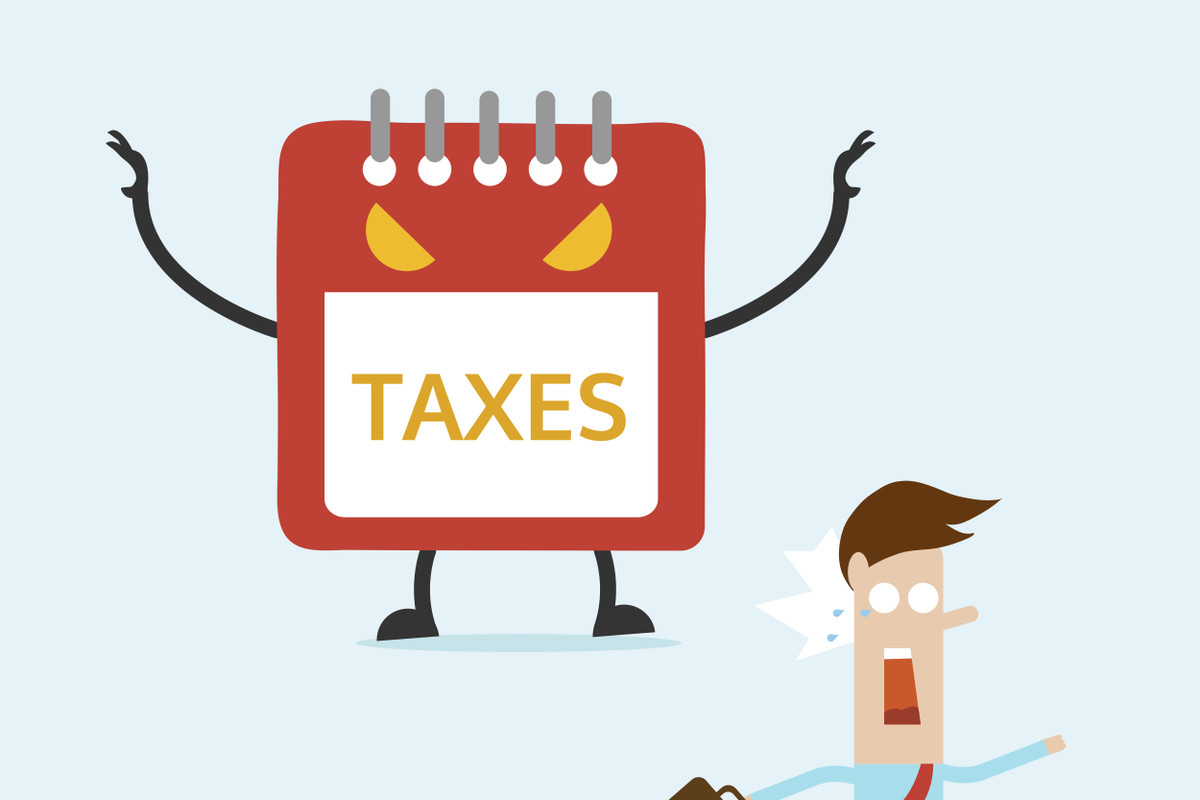It is not hidden information that Indian taxation is a progressive one, that is, it is proportional to the income of the individual or an organization. Here are 2 of the sections and forms which are ignored by the individuals and are deprived of the benefit of tax and income saving.
Form 16
It contains the information you need to prepare and file your income tax return. Employers must issue it every year on or before 15 June of the next year, immediately after the financial year in which the tax is deducted. Form 16 has two components – Part A and Part B.
- Part A of Form 16: Provide details of the quarterly TDS deducted and deposited details of PAN, TAN of the employer along with other information. An employer can generate and download this part of Form 16 through the TRACES portal. Prior to issuing the certificate, the employer should authenticate its contents.
It is important to note that if you change your job in one financial year, every employer will issue a separate Part A of Form 16, for the period of employment.
Some of the components of Part A are:
- Name and address of the employer
- TAN and PAN of employer
- PAN of the employee
- Summary of tax deducted and deposited quarterly, which is certified by the employer.
- Part B of Form 16: It is an annexure to Part A. Part B is to be prepared by the employer for its employees and contain details of breakup of salary, deductions approved under Chapter VI A.
If you change your job in one financial year, you should take Form 16 from both the employers. Some of the components of Part B notified newly are:
- Detailed breakup of salary
- Detailed breakup of exempted allowances under Section 10
- What are the eligibility criteria for form 16
According to the regulations issued by the Finance Ministry of the Indian Government, every salaried individual who falls under the taxable bracket is eligible for the Form 16.
If an employee does not fall within the tax brackets set, he/she will not need to have Tax Deducted at Source (TDS). Hence, in these cases, the company is not under an obligation to provide the Form 16 to the employee.
However, these days, as a good work practice, many organizations, even in these cases, issue this certificate to the employee as it contains a consolidated picture of the earnings of the individual and has other additional uses as well.
Below is the PDF of form for reference
“Form 16:https://www.incometaxindia.gov.in/forms/income-tax%20rules/103120000000007849.pdf”
Section 80C
This section of the Income Tax Act of India is a clause that points to various expenditures and investments that are exempted from Income Tax. It allows for a maximum deduction of up to Rs.1.5 lakh every year from an investor’s total taxable income.
Section 80C is applicable only for individual taxpayers and Hindu Undivided Families. Corporate bodies, partnership firms, and other businesses are not qualified to avail tax exemptions under Section 80C.
| Section 80C | Investments in Provident Funds such as EPF, PPF, etc., payment made towards life insurance premiums, Equity Linked Saving Schemes, payment made towards the principal sum of a home loan, SSY, NSC, SCSS, etc. |
| Section 80CCC | Payment made towards pension plans, as well as mutual funds. |
| Section 80CCD(1) | Payment made towards certain Government-backed schemes such as National Pension System, Atal Pension Yojana, etc. |
| Section 80CCD(1B) | Investments of up to Rs.50, 000 in NPS is considered for exemption under this section. |
| Section 80CCD(2) | Employer’s contribution towards NPS (up to 10%, comprising basic salary and dearness allowance, if any) is exempted under this category. |
- Investments eligible for deduction under Section 80C of The Income Tax Act
| Investment options | Interest | Minimum lock-in period | Assured return | Associated risk |
| ELSS | 12% to 15% (depending on market fluctuation) | 3 years | No | High |
| NPS | 8% to 10% | Till the investor reaches 60 years of age (retirement) | No | High |
| SCSS | 8.60% | 5 years | Yes | low |
| PPF | 7.90% | 15 years | Yes | Low |
| NSC | 7.9% | 5 years | Yes | Low |
| ULIP | 8% to 10% (depending on market fluctuation) | 5 years | No | Moderate |
| Fixed deposit | Up to 8.40% | 5 years | Yes | Low |
| Sukanya Samriddhi Yojana | 8.50% | 8 years | Yes | Low |
Life insurance premiums
Premiums paid towards life insurance policies are eligible to receive tax benefits as per 80C limit. These exemptions are available against policies held by self, spouse, dependent children, etc. Hindu Undivided Family members can also benefit from the same exemptions. Currently, an annual premium of up to 10% (of the insurance policy’s total sum assured) is tax exempted under this scheme.
Public Provident Fund
Any contribution towards Public Provident Fund (PPF) can be filed for tax deduction under Section 80C. Public Provident Funds come with a maximum deposit limit of Rs.1, 50, 000, allowing an investor to claim the entire deposited amount as an exemption under this Income Tax act.
NABARD Rural Bonds
NABARD stands for National Bank for Agriculture and Rural Development. Rural Bonds offered by NABARD are eligible for tax exemption under the Income Tax Act of India. The maximum deductible amount is capped at Rs.1.5 lakh under Section 80C.
Unit Linked Insurance Plans (ULIPs)
Unit Linked Insurance Plans offer more returns in the long term when compared to conventional insurance policies. They have become especially popular in recent years thanks to the tax benefits offered under Section 80C of the Income Tax Act, 1961. Investors can avail tax exemptions up to Rs. 1.5 lakh on the invested amount u/s 80C income tax provisions.
National Savings Certificate
NSC or National Savings Certificate is one of the most popular tax-saving instruments for risk-avert individuals. Interest earned on NSC is compounded semi-annually, and the maximum maturity period ranges from 5 to 10 years. Investors do not have to follow any limitation on the total sum invested towards NSC in a financial year; however, only a maximum of Rs.1.5 lakh will be subject to exemption every financial year under Section 80C.
Tax Saving FD
Tax Saving FDs are fixed deposit schemes offered by both banks and post offices that allow tax deduction under Section 80C. These FDs have a lock-in period of 5 years and offer a maximum of Rs.1.5 lakh tax exemption (on the principal amount). However, the returns of such instruments are liable for taxation.
EPF
The return earned from Employee Provident Fund (EPF), including the interest, is eligible for tax exemption under Section 80C of the Income Tax Act, 1961. It is only eligible for employees who have continued his or her service for at least 5 years. If individuals make voluntary contributions to their EPF accounts, such amount is eligible for tax exemptions under Section 80C.
Infrastructure Bonds
Section 80C of the Income Tax Act allows tax exemptions on infrastructure bonds, provided the investment is equal to or higher than Rs.20, 000. The limit of Rs.1.5 lakh stays applicable for these long-term secured bonds as well.
Equity-Linked Saving Scheme
Equity Linked Saving Schemes, or ELSS, falls under Section 80C’s exemption category for up to its maximum limit (Rs.1.5 lakh). These investment schemes come with a mandatory 3 year lock-in period.
Senior Citizens Savings Scheme
Any investments made towards Senior Citizens Saving Scheme, (or SCSS) is eligible for tax exemption up to the maximum allocated 80C limit, i.e. Rs. 1.5 lakh. Individuals above the age of 60 (people opting for voluntary retirement scheme is eligible to participate in SCSS after the age of 55 years) years are eligible to get benefit from SCSS, which has a minimum lock-in tenure of 5 years.
Stamp duty and registration charges
Stamp duty and registration charges can be considered as the two largest expenses made towards taking ownership of a property. The Government of India allows a deduction of tax liability till the 80C limit on the stamp duty and registration charges paid towards house procurement. However, exemptions can only be claimed in the year that these duties are paid; otherwise it will not be eligible for consideration under Section 80C deduction.
Sukanya Samriddhi Yojana
Sukanya Samriddhi Yojana is a saving scheme specially designed to meet the financial requirements for a girl’s education and marriage. Parents or legal guardians of a girl child (not older than 10 years of age) can open this account and parents of 2 or more (only in case of twins) girls can also invest in this plan. The interest earned from this investment scheme is eligible for tax exemption under Section 80C.
Section 80C features multiple instruments, a comprehensive idea of which should be present with every investor. The benefits offered by this act can help save a substantial amount from one’s tax liability.
Conclusion
As the detailed information provided above can be read for tax savings and usage of some tax benefits provided by the government. All self-employed and salaried persona should be adapted to the tax system of the nation, where he/she performs his economic activity.




